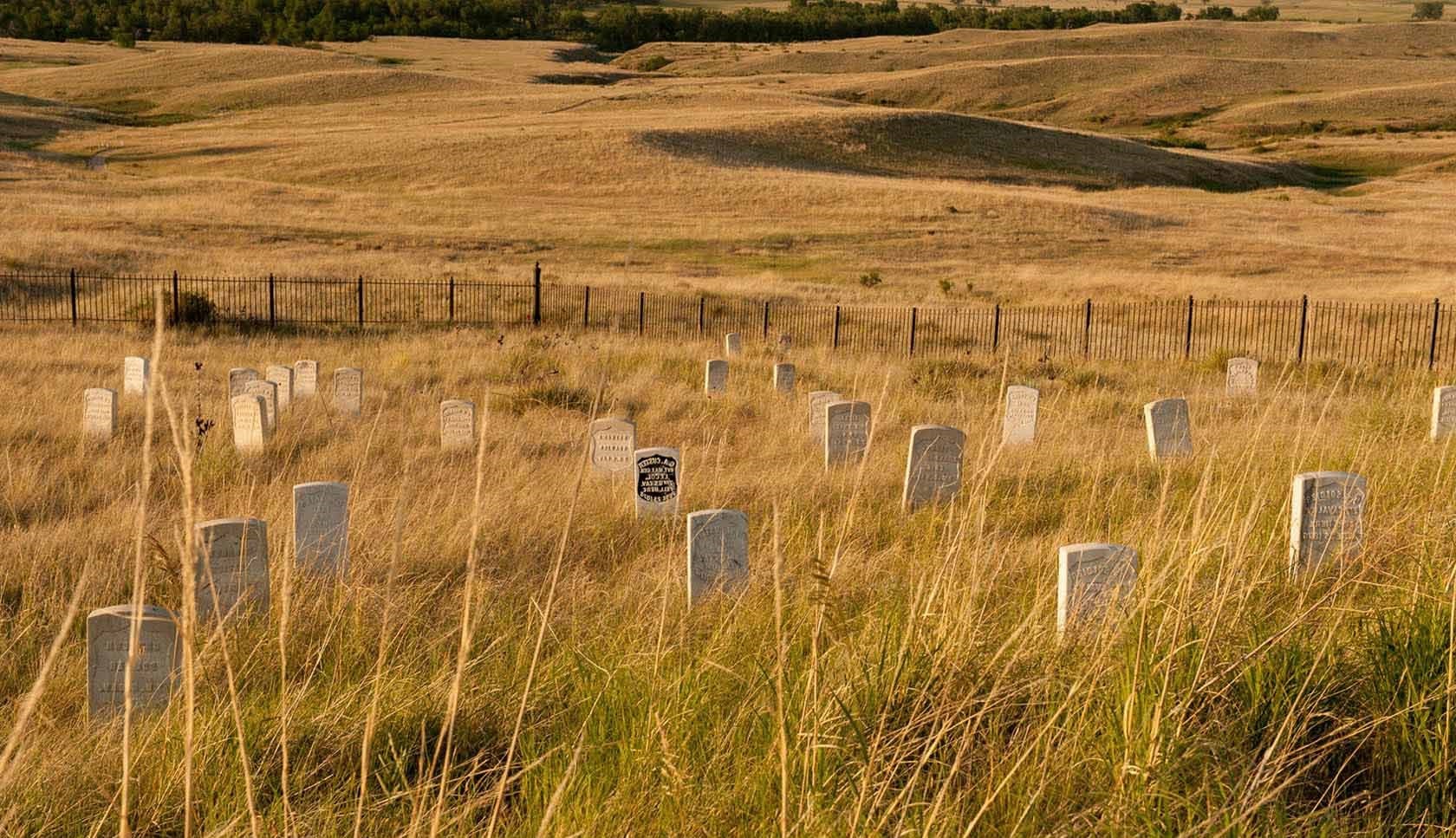Little Bighorn Battlefield National Monument – Montana’s Custer’s Last Stand

Have you ever wondered about the history behind Little Bighorn Battlefield National Monument? Located in Montana, this site marks the famous battle where General Custer made his last stand. The battle took place in 1876 between the U.S. Army's 7th Cavalry and a coalition of Native American tribes, including the Lakota Sioux, Cheyenne, and Arapaho. Today, visitors can walk the grounds, view memorials, and learn about the events that unfolded here. Whether you're a history buff or just curious, Little Bighorn Battlefield offers a glimpse into a pivotal moment in American history. Ready to step back in time?
Discovering Little Bighorn Battlefield National Monument
Little Bighorn Battlefield National Monument in Montana is a historic site where the infamous Battle of the Little Bighorn took place. This battle, also known as Custer's Last Stand, was a pivotal moment in American history. Visiting this monument offers a chance to step back in time and understand the events that unfolded here.
Key Historical Sites
Exploring the battlefield reveals several significant locations that played crucial roles during the battle. Each site tells a unique part of the story.
Last Stand Hill
This is where Lt. Col. George Armstrong Custer and his men made their final stand. Markers indicate where soldiers fell, providing a somber reminder of the battle's intensity.Indian Memorial
Dedicated to the Native American warriors who fought in the battle, this memorial honors the bravery and sacrifice of the Lakota, Cheyenne, and Arapaho tribes.Custer National Cemetery
Established in 1879, this cemetery is the final resting place for many soldiers who fought in the Indian Wars. It offers a peaceful place for reflection.
Visitor Center and Museum
The Visitor Center and Museum provide valuable context and artifacts related to the battle. Here, you can deepen your understanding of the events and the people involved.
Exhibit Hall
Displays include weapons, uniforms, and personal items from both soldiers and Native American warriors. Interactive exhibits help bring history to life.Theater
A short film about the Battle of the Little Bighorn is shown regularly. This film provides an overview of the battle and its significance.Bookstore
Stocked with books, maps, and souvenirs, the bookstore is a great place to find resources for further learning about the battle and its historical context.
Scenic Trails and Overlooks
Walking the trails and visiting the overlooks offer a chance to appreciate the landscape and visualize the battle's progression.
Deep Ravine Trail
This trail leads to a ravine where many soldiers attempted to escape. Interpretive signs along the way provide insights into the battle's events.Keogh-Crazy Horse Trail
Named after Capt. Myles Keogh and the Lakota leader Crazy Horse, this trail offers stunning views of the battlefield and surrounding area.Weir Point Overlook
From this vantage point, you can see much of the battlefield. It offers a panoramic view that helps visitors understand the scale of the conflict.
Educational Programs and Events
Throughout the year, the monument hosts various programs and events that provide deeper insights into the battle and its historical context.
Ranger-Led Tours
Rangers lead informative tours of the battlefield, sharing stories and answering questions about the battle and its significance.Living History Demonstrations
Reenactments and demonstrations bring the past to life, showing what life was like for soldiers and Native American warriors during the battle.Annual Battle Anniversary Commemoration
Held each June, this event includes ceremonies, talks, and other activities to honor those who fought in the Battle of the Little Bighorn.
Reflecting on Little Bighorn Battlefield
Little Bighorn Battlefield National Monument offers a deep dive into American history. Visiting this site, you can walk the grounds where Custer's Last Stand took place. The visitor center provides detailed exhibits and artifacts, giving a clearer picture of the events. The Custer National Cemetery honors those who fought and died, adding a somber tone to your visit. Exploring the Indian Memorial helps understand the Native American perspective, often overlooked in history books. The monument is not just about battles; it’s about understanding the complex relationships and conflicts that shaped the nation. Whether you're a history buff or just curious, this site offers valuable insights. Plan your visit to Little Bighorn Battlefield to connect with a pivotal moment in American history. It’s a place where the past speaks loudly, reminding us of the lessons learned and the stories told.

